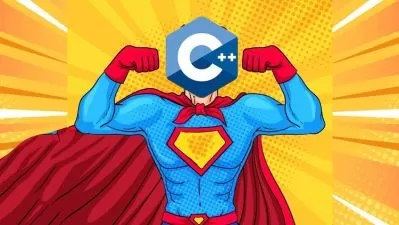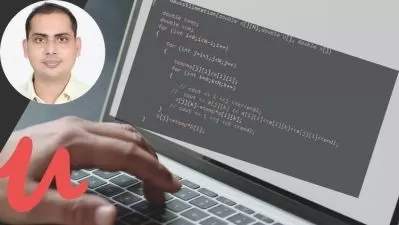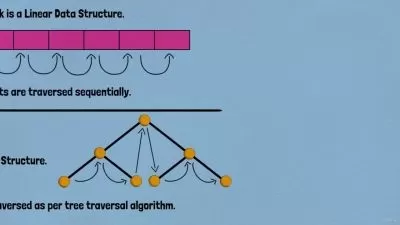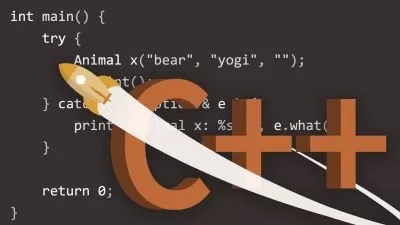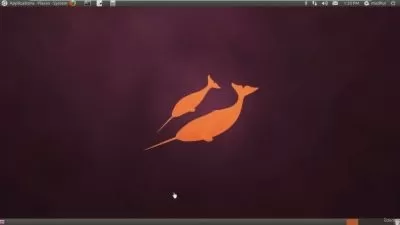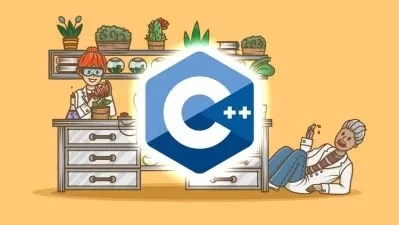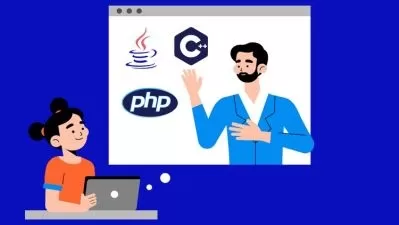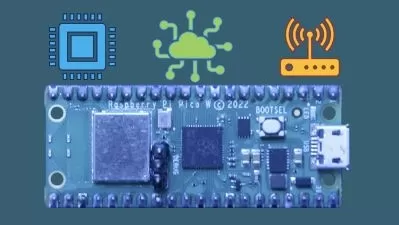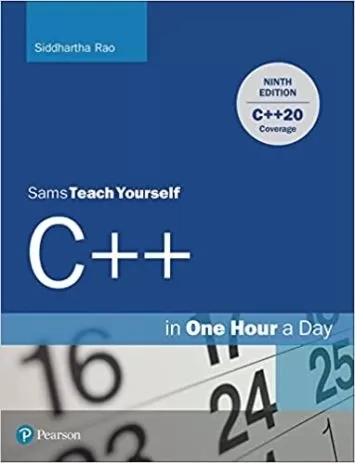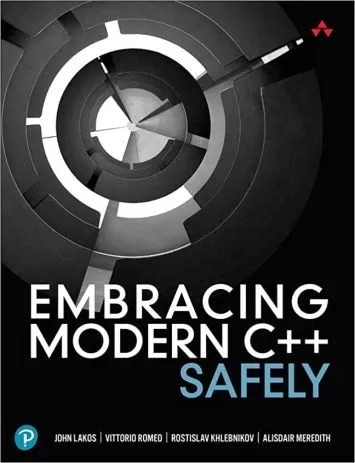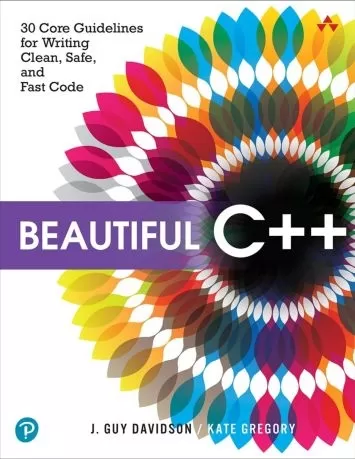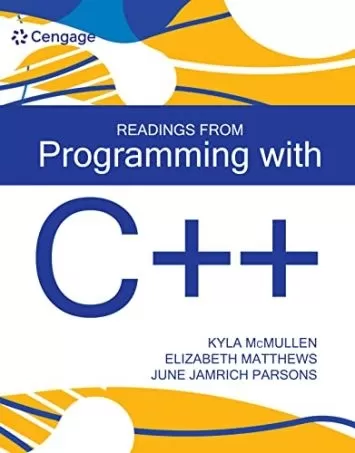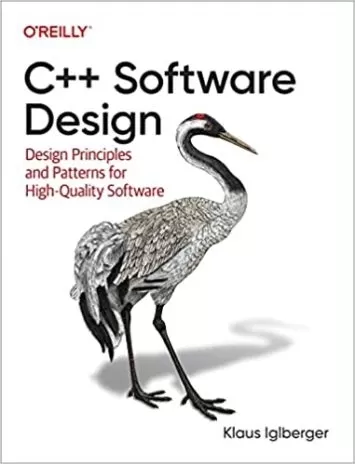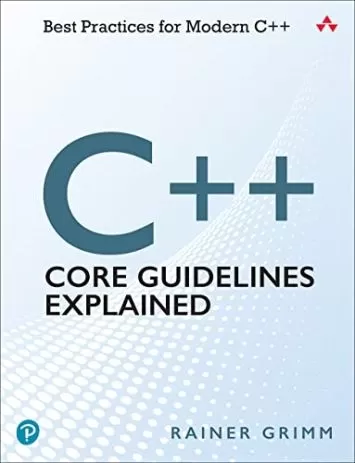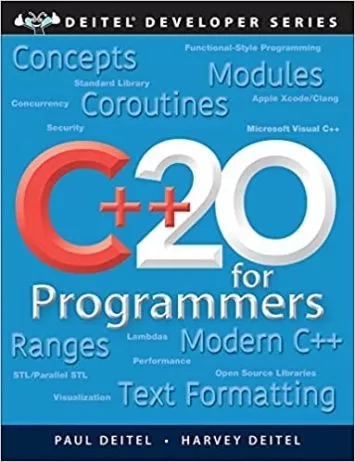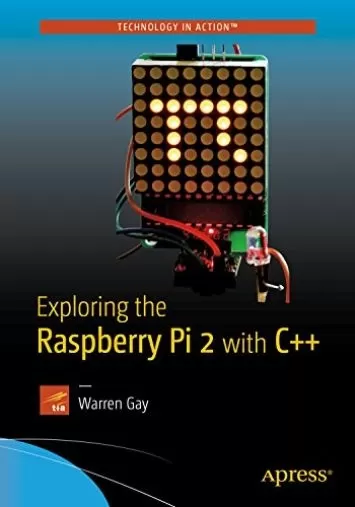About C++Learn More
Although it was developed in the 1960s, C still stands today as one of the most popular computer programming languages in the world. C is a versatile language that can build both high-level applications like video games, and low-level applications that communicate with the computer's hardware. C is a flexible language and features a static type system that prevents unintended operations in the programming process. Plus, C is the foundation for many of today’s popular modern languages, like Java and C++. Start your C training with a course on Udemy today.
Sort by:
Sorting
The newest
Most visited
Course time
Subtitle
Filtering
Courses

Udemy


Ezeuko Emmanuel
How to design a (SMTP, POP3) Mail server C++ Guided project 3:17:11
03/04/2023
Books
Frequently asked questions about C++
C is a general-purpose, compiled programming language. It is a procedural language and does not support object-oriented programming styles. It was first created in 1969. Unlike many old programming languages, it is still a prevalent language, making top 10 lists on places like Github. The Unix operating system was the first major program written in C because it is a low-level language that compiles directly to assembly, while other languages compile into C. Because of this, it is also used often in embedded systems or for high-performance software. Most Adobe applications are written in the C programming language. It is also used in IoT devices, database software, web browsers, and many desktop applications that need to perform well. C is also used to write compilers for other programming languages that compile into C code.
Many other programming languages like Python, C++, and Java are based on C, so you can apply your knowledge of C to other programming projects. C is a powerful and efficient language that compiles assembly code and can interact with many types of hardware, not just desktop computers, laptops, and servers. It is flexible and machine-independent. Code that you write on one system can be compiled on an entirely different platform as long as there is a compiler available. C is a mid-level language, meaning that it supports both high- and low-level programming with a simpler syntax than other low-level languages and the equivalent power and speed. Many high-performance algorithms can be built with the C language and can use C in complex calculations and operations.
C++ is based on the C language, but the languages have quite a few differences. C is only a procedural programming language, while the C++ language supports both procedural and object-oriented programming styles. Both languages come with standard libraries, but C++ has a much larger selection of libraries built into the language. C has 32 keywords, and C++ has 63 keywords. Data and functions are separated in the C language, whereas functions and data in the C++ language are encapsulated in objects. C++ supports namespaces so you can use variables in different packages, which C does not. You can use reference variables in C++ while you cannot in C. Code written in the C language is function-driven, while objects drive the source code of C++ projects.
There are many jobs that require familiarity with C programming, but software engineers, programmers, and developers are most likely to use the language in their daily work. The types of products that they can develop with C spans across different industries, such as gaming, telecommunications and wireless systems, data analysis, sound and image processing, and accounting and business operations. Outside of extensive coding, it's not unheard of for engineers, scientists, and business analysts to perform some light programming in C to manage company software.
C is a procedural programming language, which means it is based on “procedures.” A procedure is a set of programming code and instructions containing a series of steps to follow from start to finish. Procedures are executed when that procedure is “called,” often from another procedure. When called, the procedure may run calculations, or perform other needed functions. In some cases, procedures may return values or other information upon completion. Upon finishing a procedural call, that procedure ceases being executed, and the computer system returns to where the call was initiated. Most computers provide support for executing procedural languages through a “stack register.” The stack register is part of the computer processor that tracks procedural calls during program execution.
Learning C first requires a basic understanding of how to use a computer. This includes being comfortable and broadly familiar with computer operating systems like Windows, Unix, and macOS. Since most modern programs are expected to run on all of those different platforms, knowing how to use integrated development environments that support multiple operating systems can be helpful as well. You'll also want to have a basic understanding of logic and mathematics before you jump into learning C. That context will make it easier to understand the syntax. Once you're comfortable using a computer and applying logic, get familiar with text editors, as that's where you'll spend a lot of time writing your code.
Even though C programming was initially developed in the early 1970s, it’s still one of the most common programming languages used today. In fact, a recent survey of programming employment opportunities on LinkedIn found C to be one of the top programming languages in demand. Due to its widespread adoption, many systems run on C programming, and these systems often need to be serviced or upgraded. That typically requires a software engineer with C programming skills. To this day, new systems and software are still commonly being developed with C programming due to its strengths and flexibility. Thus, it’s likely that C programmers will be needed for the foreseeable future.





